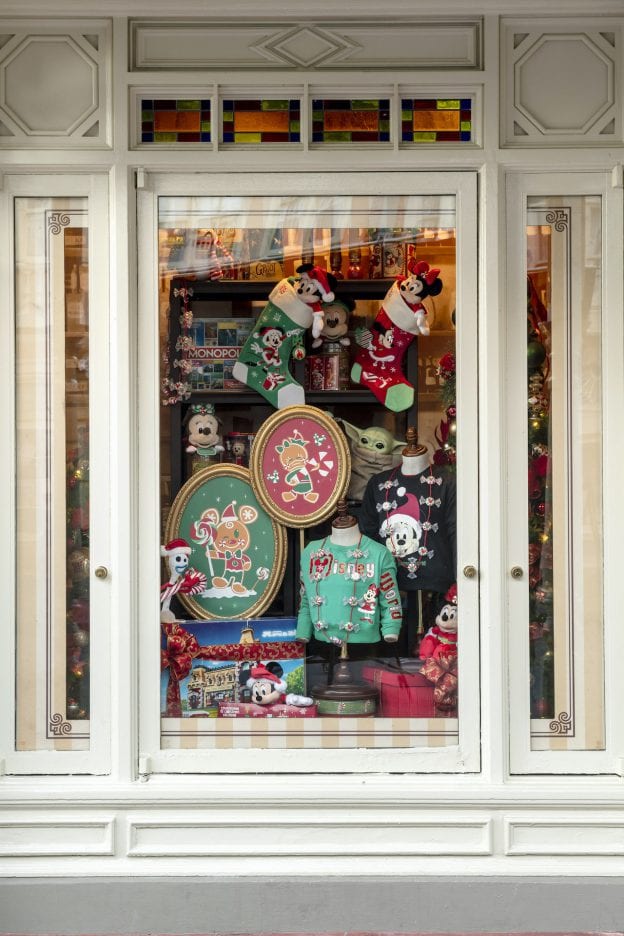

They then used the historic photo to make a pen-and-ink drawing of the photo and decided which elements of the photo were necessary to include in the Magic Window, and which could be dropped, or de-emphasized. The photo contained so much visual information that it was difficult to focus on the example of geologic change the photo highlighted. Their first effort involved making a grayscale image of a historic photo, then copying it onto transparency film and mounting the image on an overhead transparency frame.
#Magic window nyc portable#
The teaching tool developed needed to be suitable for an outdoor program: inexpensive, portable (able to fit into a day pack), durable, and able to withstand exposure to varying weather conditions. To better engage students, the challenge was to find a way to illustrate geologic processes through these historic and contemporary photos and to create an “overlay” that could be used as each viewer looked at a particular scene. Their toolbox of appropriate techniques for addressing these questions contains some great tools, including a new one called “Magic Windows.” Creating the Teaching Toolįor many years, rangers and lighthouse docents have successfully used a selection of historic photos during tours to illustrate aspects of the area’s history.
#Magic window nyc how to#
There’s another question being asked - about how to recognize change taking place right now, and how it’ll be impacting this place in the future. Today in the Marin Headlands, changing climate brings a new challenge for the students. The historic photos document 150 years of human interaction with a dynamic landscape with plenty of evidence of erosion and weathering of rocks. The peninsula is exposed to occasional violent storms-landslides are common.

They focused, therefore, on one essential question - “How do we recognize evidence of change in this environment?” The park’s archives of Point Bonita are rich in historic photos, some by the famous Eadward Muybridge. It can be difficult to accomplish at times, especially when the view seen by visiting groups today, is very different from what it was in the past. Rangers at Golden Gate have been telling students stories about the past for years.

Golden Gate National Recreation Area - California We all thought it would make a great example to share with the whole EtS community. Collectively, the group speculated about using this tool to envision a future landscape as well, possibly helping the viewers to come to a better understanding of the possible implications of a changing climate. During that trip, participants were treated to a field experience where they looked at the landscape through “magic windows” enabling them to see the past, literally, in the context of our modern day. At our Climate Change Science and Communication course in San Francisco, we enjoyed a half-day field trip out to the Marin Headlands in Golden Gate National Recreation Area.


 0 kommentar(er)
0 kommentar(er)
